How to deal with an onion fly: 10 quick remedies
You need to get rid of the onion fly as soon as possible, otherwise the summer resident risks losing almost the entire crop. Therefore, if the bulbs become weak, and the greens begin to wither, it is necessary to immediately spray the aisles with available solutions or mixtures based on folk recipes. You can also purchase insecticides that effectively destroy not only the onion fly, but also other pests of this plant.
The appearance and development cycle of the onion fly
The onion fly belongs to the group of miner flies. These are small flies, the body length of which does not exceed 5–7 mm. Among the representatives of this group, about 100 species are known, and practically all of them damage agricultural crops and other plants. For example:
- polyphagous miner;
- variegated;
- nightshade miner (pest of tomatoes, potatoes and other plants of the same family);
- chrysanthemum leaf miner;
- strawberry, etc.
The onion fly looks like an ordinary "city fly" that often flies into apartments. Its body reaches an average of 7 mm in length, painted in brown-yellow, gray tones. The first generation begins years in May - at the same time dandelions bloom.
The development cycle of an insect is as follows:
- Females lay their eggs on the outside of the onion head protruding from the ground, and also under the ground between the rows of plants.
- Then, after a few days, larvae appear from these eggs, the length of which is about 1 cm.
- They quickly move to the heads and begin to feed on the pulp.
- After another 3 weeks, the larvae penetrate the ground (to a depth of about 15-17 cm) and turn into pupae.
- Adult insects emerge from these pupae around the beginning of July and lay eggs again.
- The eggs hibernate throughout the cold season, and new larvae hatch from them as early as next spring. The cycle repeats itself.
Usually, two generations of such flies grow during the season, but if the weather is rather warm and the soil is well moist, three can grow. Since the pest multiplies very actively, if timely measures are not taken, significant damage will be caused to the crop.
Signs of plant damage
Seedlings of onions and other crops should be regularly inspected for pests.
You can find an onion fly by the following signs:
- young shoots begin to turn yellow;
- leaves lose their elasticity and wither quickly even with normal watering;
- the bulb itself becomes soft, takes on a painful appearance;
- it has a specific smell, and a white coating becomes noticeable on the surface.
It is important to understand that if such signs are found, the entire crop must be destroyed, burned in the garden and immediately treated with folk or chemical means. You cannot use such bulbs for food, even in processed form.
Chemical methods of struggle
Onions are attacked not only by the onion fly, but also by the sprout fly, as well as other insect pests, for example:
- onion thrips;
- onion lurker;
- onion moth;
- onion rattle, etc.
The fight against them is carried out using chemicals - universal action insecticides:
- "Mukhoed";
- "Medvetox";
- Zemlin;
- "Karate Zeon";
- "Aktara";
- Sochva, etc.
All these drugs must be used strictly according to the instructions, observing safety measures (you will need a mask, glasses and rubber gloves).
How to process onion fly beds
For the destruction of onion and sprout flies, control measures can be both chemical and folk.
From the materials at hand (salt, ash, ammonia, etc.), you can make quite effective means that will help you quickly get rid of the pest. Here are 10 recipes available:
- Ash is the simplest remedy for onion flies. Any ash is suitable for this purpose - after burning branches, leaves, weeds, etc. It must be poured between the rows of onions, and the soil must be pre-moistened. Then a damp cloth is placed on top so that the wind does not spread the mixture through the air. The procedure is repeated after 2 weeks.
- Tobacco dust, which can be purchased at an affordable price in any agricultural store, also helps to fight the pest. It is sprinkled on the onion garden in the same way as ash. The procedure must be repeated after 1–2 weeks.
- Common table salt does a good job not only with microorganisms, but also with onion flies. A glass of salt (200–250 g) is dissolved in a standard bucket of water (10 l), mixed thoroughly and the aisles with this solution are poured. The procedure is carried out only once for the entire season, since otherwise the soil can be salted, which will negatively affect its fertility.
- It's even easier to pick a few wormwood bushes and place them between the rows of plants. Not only the onion fly is afraid of the smell of wormwood, but also other pests - for example, aphids and ants. A more effective remedy is an infusion, which can be made from 1.5 kg of fresh wormwood herbs and 10 liters of water. Insist on it for 10 days, then filter and water the aisles.
- It helps to cope well with onion flies and ordinary carrots. If you plant it on the same bed where the onion grows (alternating at a certain interval), then it will protect the “neighbor” from the pest. In turn, the onion itself helps to cope with the carrot fly, so both of these plants complement each other.
- You can also sow marigolds along the beds with onions. They can be alternated with onions, for example, by sowing in transverse grooves. The scent of these vibrant flowers repels onion flies, aphids and other pests.
- Another means of fighting this insect is the infusion of young pine branches. They must be crushed together with the needles and filled with a standard bucket by a third of the volume, then add water to the top and leave for 4 days. The aisles are poured with this liquid, which allows you to almost immediately cope with the entire colony of onion flies.
- If there is naphthalene at home or in the country, you can take 9-10 tablets of this product, crush them and mix them with 5 kg of sand, then sprinkle with a mixture of aisles (the garden should be watered again).
- You can also add kerosene (200 ml) to sand weighing 5 kg, mix and sprinkle the grooves between the onion beds with this mixture. Then the pest will die almost immediately, and new flies will not even be able to fly close to the garden.
- Finally, ammonia copes well with insects. This affordable product is purchased at the pharmacy, 3 large spoons are measured in a standard bucket of water, the solution is mixed and poured over the aisles. The procedure is repeated every 2 weeks, but the last time such watering should take place no later than mid-June. The fact is that ammonia is a nitrogen fertilization, and it should be applied only at the beginning of onion growth.
It is quite possible to get rid of onion flies, as well as from other pests. Moreover, summer residents often use folk remedies that are most affordable and convenient. However, if the colony is too large and several beds are affected at once, more effective chemicals can be used. In this case, the damaged crop must be immediately dug up and burned.
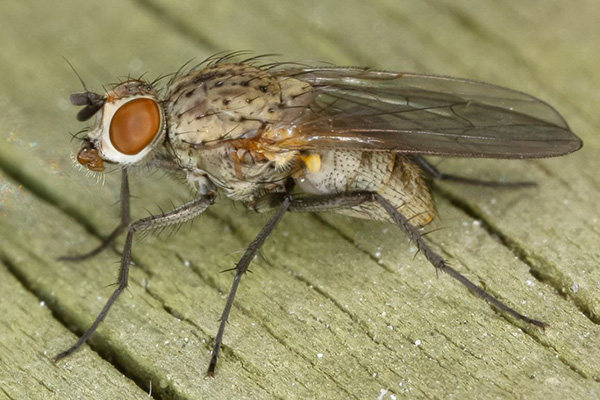
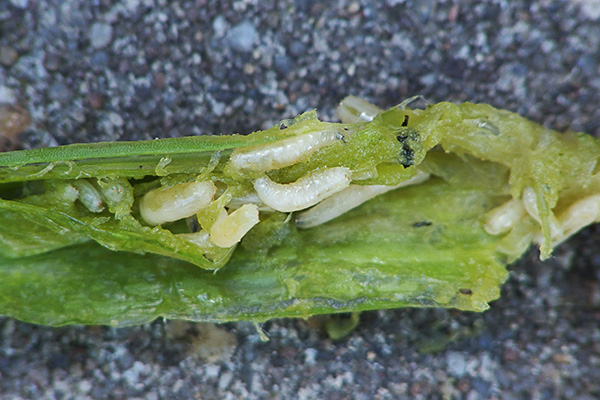


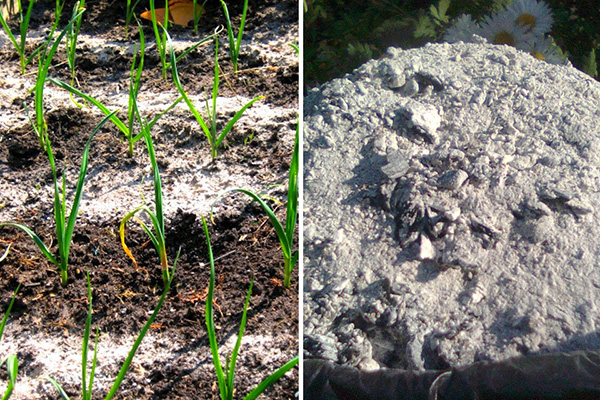
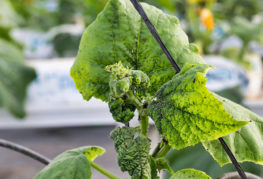
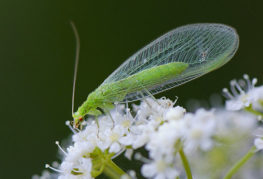

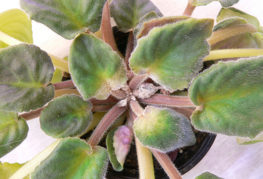
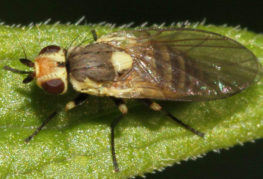
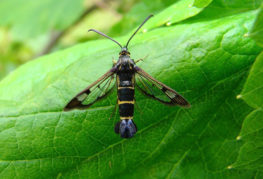
and will be published shortly.